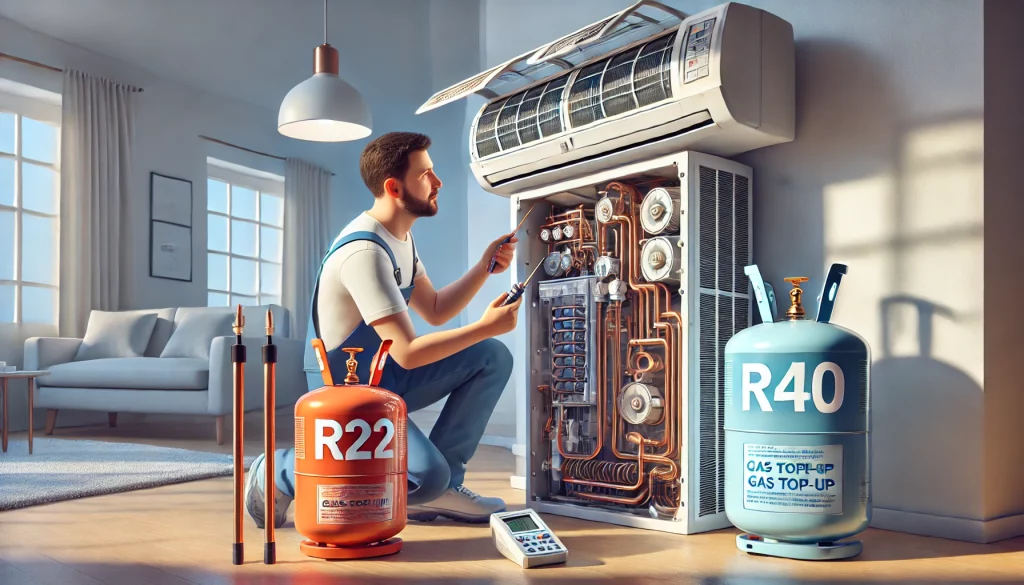Aircon Gas To Up
The hot weather can make anyone feel irritable, especially in Singapore’s tropical climate. In such conditions, a gas top-up is an essential task to keep your home comfortable. To maintain a cool and pleasant indoor environment, a reliable air conditioning system is a must. Gas refills are often needed to address issues such as unsealed leaks that can impact the performance of your unit.
Air Conditioner Gas Top-Up: Causes, Inspection, and Solutions
When facing such an issue, it’s important to have your air conditioning unit thoroughly inspected. This inspection will help identify any areas where gas might be leaking, allowing for necessary resealing.
Once the inspection and resealing are complete, the next step is to top up the gas. This ensures that your air conditioner returns to its optimal functioning state.
Technicians will typically point out several factors that can lead to the need for a gas top-up. Common causes include the use of low-quality copper and improper installation of components.

Scope of Work
Anyone living in Singapore must have come across the term Aircon Gas Top-up.
Many people are not familiar with the term “aircon gas top-up,” but it’s a common procedure that usually follows regular maintenance of your air conditioner.
In Singapore, there are two main types of refrigerants used for aircon gas top-ups: R22 and R40. R22 is typically used for older air conditioner models, while R40 is used in newer units. The technician will determine which refrigerant is needed after inspecting your air conditioner.
As mentioned earlier, a refrigerant shortage is often caused by leaks in the pipes or within the air conditioning unit itself. Such leaks force the air conditioner to work harder to maintain a cool environment in your home.
If you notice your home becoming warmer despite the air conditioner running, it’s likely that the refrigerant gas has depleted, signaling the need for a top-up.

How Does It Work?
Refrigerant plays a crucial role in your air conditioner’s cooling process by absorbing and removing heat from your home. It absorbs the heat from the indoor air, carrying it away to be expelled outside.
A key component in this process is the compressor. As the name suggests, the compressor’s job is to compress the refrigerant, causing it to condense. Once condensed, the refrigerant turns into a high-pressure fluid, which flows into the condenser. The condenser then helps expel the heat into the surrounding air.
The liquid refrigerant moves through the expansion valve, where it expands and evaporates, cooling even further. This chilled refrigerant then flows back into the evaporator unit, where it encounters warm indoor air.
The warm air is cooled as it passes over the refrigerant, and the now-conditioned air is blown back into your living space, providing relief from the heat. This entire cycle helps maintain a comfortable temperature inside, even on the hottest days.For more information, visit here
.